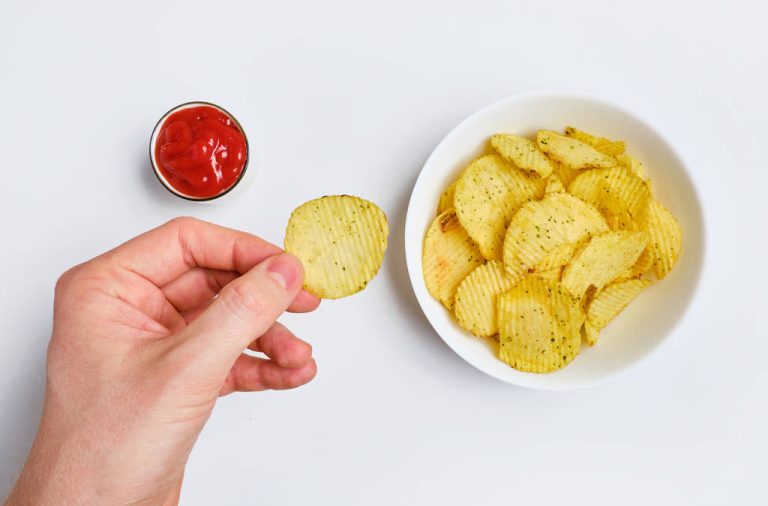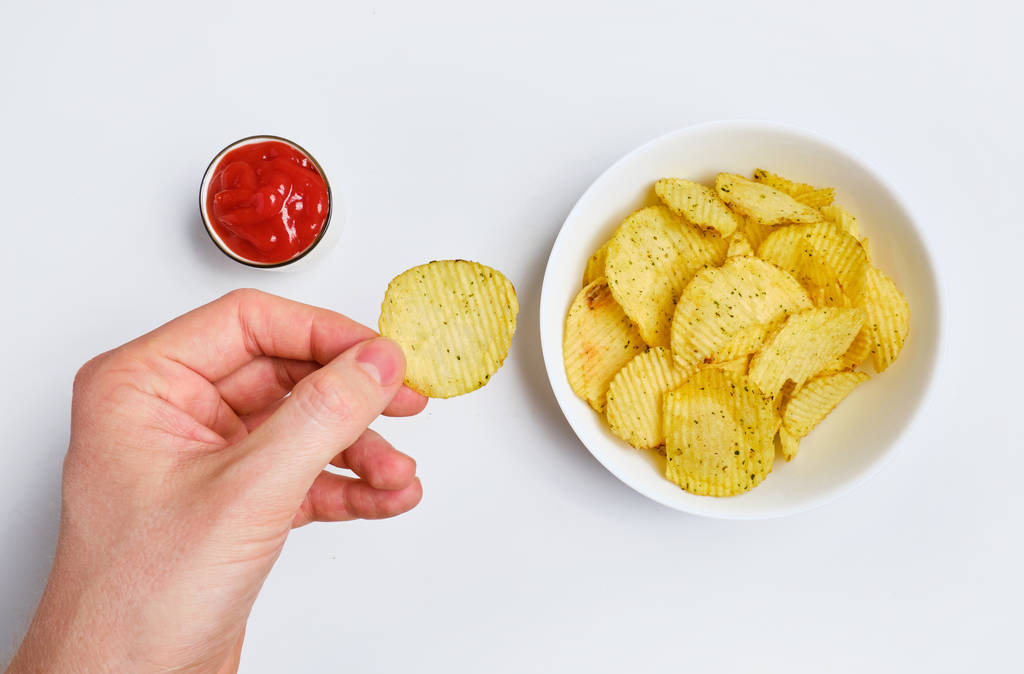There are countless types of cheese, and the selection is large – but the popular milk product has a great potential for addiction!
A study by the University of Michigan shows that cheese has a high potential for addiction – similar to heroin, which is a hard drug. This is due to the substance casomorphin contained in cheese.

It is formed when the milk protein casein is digested in the stomach. It then stimulates the receptors in the brain, dopamine is released and a physical feeling of well-being arises.
Analog cheese is particularly addictive
In 2016, around 24 kilograms of cheese were consumed per capita in Germany. Since more than twenty times the amount of milk is often required for the production of one kilo of cheese, the concentration of casomorphine in the cheese is very high.
A liter of milk, on the other hand, only contains small amounts of the substance, so milk is considered harmless. The so-called analog cheese is particularly addictive, as these cheese products can also contain refined carbohydrates and fats that can lead to addictive eating behavior.
As long as you make sure you eat a balanced diet, eat a lot of fruit and vegetables, and only occasionally eat foods with a lot of cheese, consumption is not a concern. However, caution is advised if you include cheese in a large number of meals. Here you should try to eat less cheese and other fatty products.
Natural happiness hormones

Incidentally, the effect of casomorphins can also be produced in another way: through endorphins. The happiness hormones also ensure a feeling of well-being and can be produced by the body itself, for example during sport, or can also be produced by other foods.



